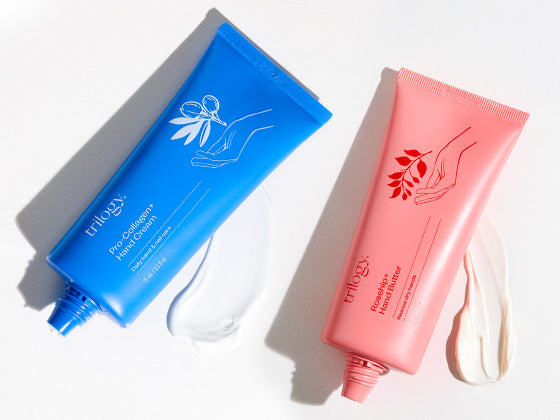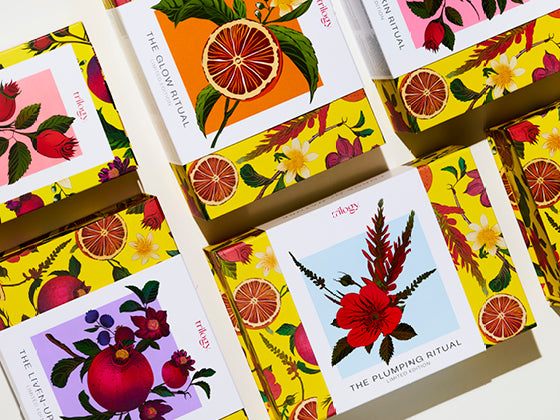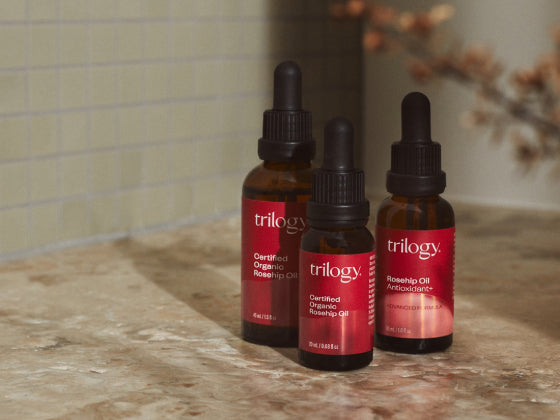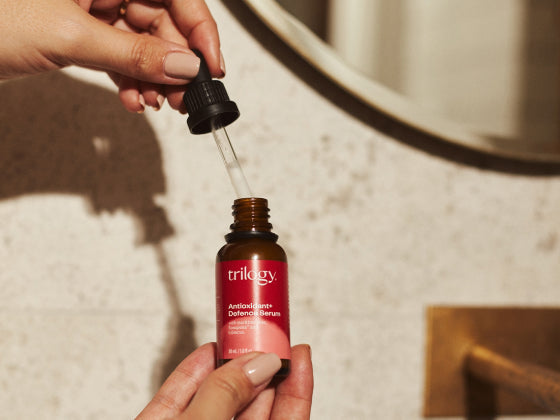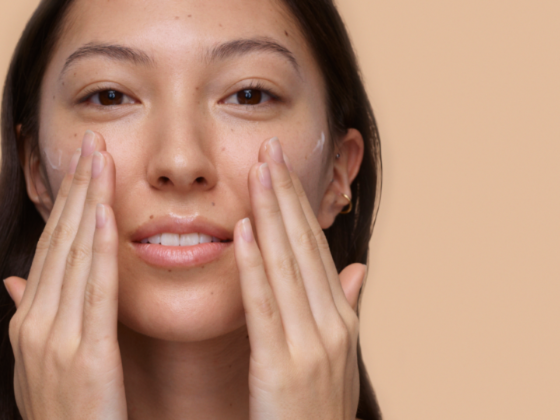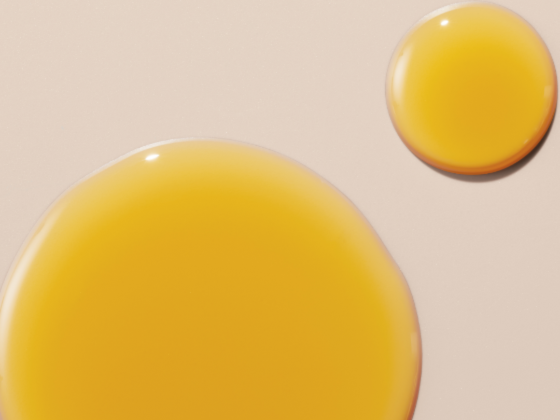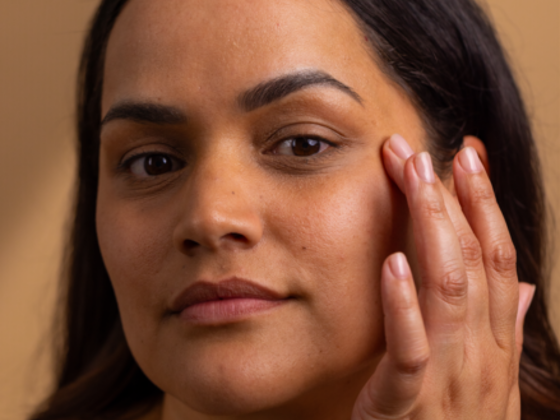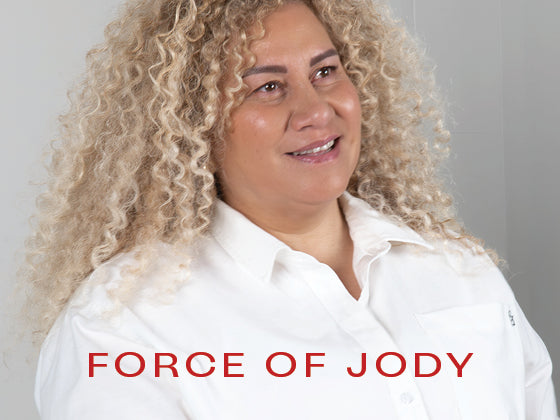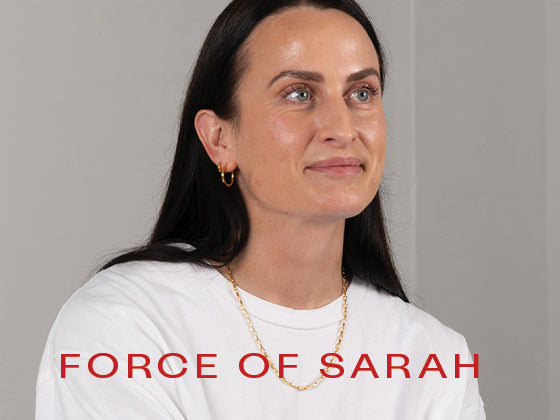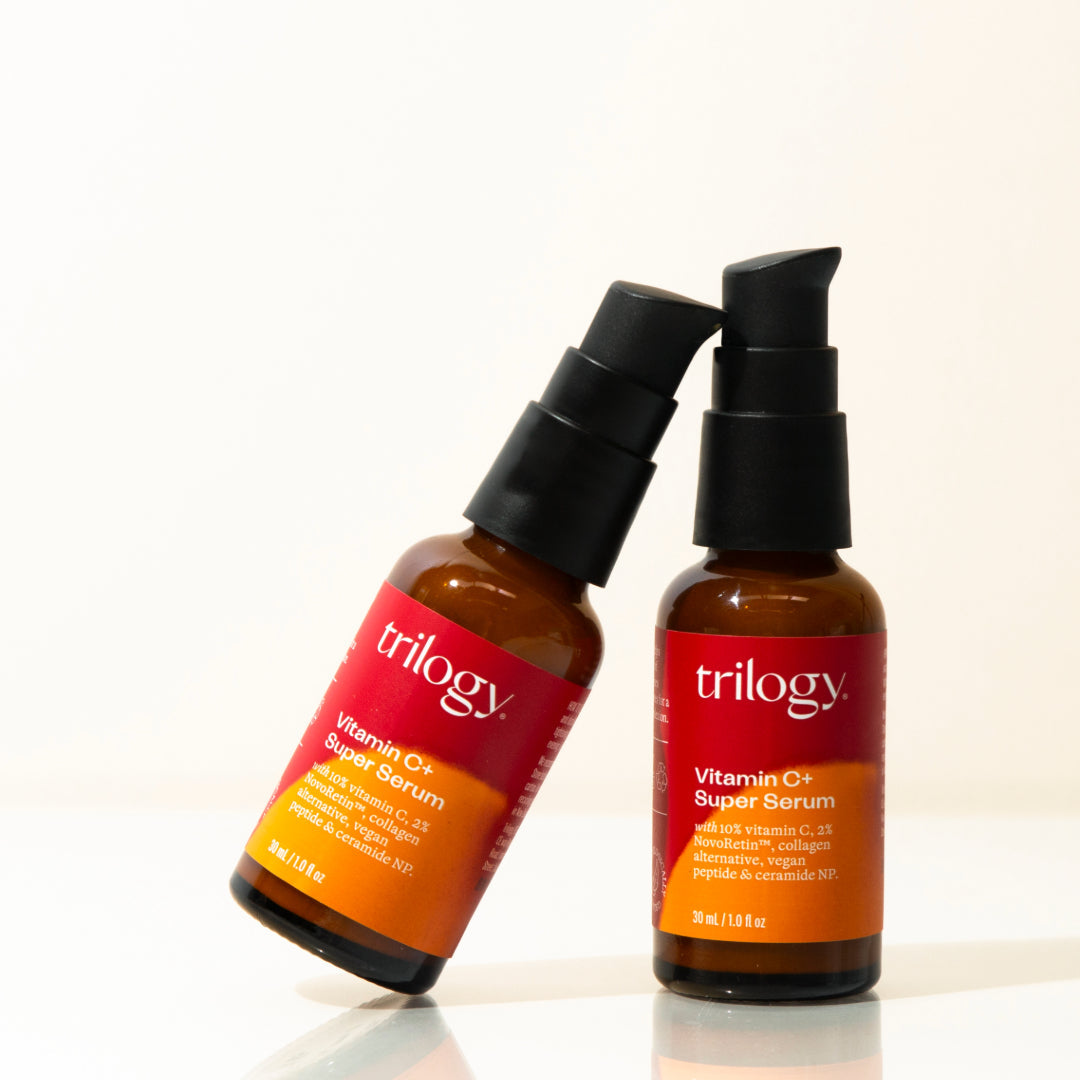The more familiar member of the microbiome duo is the gut microbiome, but the other lesser-known member is just as important – the skin microbiome.
The skin is your largest organ, and on the surface lives a community of bacteria, fungi and viruses. This living ecosystem is your skin microbiome and sits on top of the skin barrier. These little inhabitants are also known as ‘microbes’. Some are good and some are bad.
The trick is to keep a healthy diversity of microbes. It’s not so much a case of ‘out with the bad, in with the good’, more a case of keeping the diversity and richness of the good, to balance out the bad. When this is managed, you’re rewarded with a healthy and robust complexion.
The trick is to keep a healthy diversity of microbes. It’s not so much a case of ‘out with the bad, in with the good’, more a case of keeping the diversity and richness of the good, to balance out the bad. When this is managed, you’re rewarded with a healthy and robust complexion.
Spot the unhappy
A happy, healthy microbiome plays an incredibly important part in maintaining a healthy and radiant complexion. However, a whole host of elements can disrupt the skin’s microbiome and this can wreak havoc on your complexion.
So, what throws microbiome balance out of whack? Diet, harsh skincare products and environmental aggressors can all play a part. If your skin is even a little unbalanced, chances are you’ll know about it. Unhealthy skin will present itself with a few very distinct symptoms. You may notice your skin is overly dry, you may have eczema, or you could be dealing with daily breakouts and reoccurring acne. Redness, dullness and signs of premature ageing like fine lines and wrinkles are other tell-tale signs that your skin’s microbiome might be off-balance.
Feeding the good
How do you keep your skin’s microbiome in check? Using clean, gentle skincare plays a huge role. Harsh chemicals can strip the skin of good bacteria and weaken the skin barrier (which isn’t good news for anyone). Look for skincare that is more inclined to work with your microbiome, rather than against it.
Our Microbiome Complexion Renew Serum uses postbiotics to help nurture good bacteria. ProRenew Complex CLR has been shown to improve facial microbial diversity for a balanced complexion. In short - postbiotics work to ensure the good bacteria can thrive. The result? Reduced inflammation, smoother skin texture, and the easing of a myriad of skin troubles.
Our Microbiome Complexion Renew Serum uses postbiotics to help nurture good bacteria. ProRenew Complex CLR has been shown to improve facial microbial diversity for a balanced complexion. In short - postbiotics work to ensure the good bacteria can thrive. The result? Reduced inflammation, smoother skin texture, and the easing of a myriad of skin troubles.
What exactly are postbiotics?
You’ve likely already heard the words ‘probiotics’ (living good bacteria) and ‘prebiotics’ (food for probiotics) being touted around as solutions to achieve a healthy gut. But postbiotics are a little different. Known as the by-product (what is left behind) of probiotics (also thought of as non-living probiotic), it works to support good bacteria living on the skin’s surface. A topical postbiotic will aim to keep the skin healthy by accelerating the skin’s microbiome renewal, promote collagen production, strengthen your skin barrier function and lock in hydration.
There should be no doubt in your mind that postbiotics are not only an innovative solution to common complexion woes, but will soon be an essential step in everyone’s daily skincare routine. It is time to make some space on your bathroom shelf for your daily dose of postbiotic power.
There should be no doubt in your mind that postbiotics are not only an innovative solution to common complexion woes, but will soon be an essential step in everyone’s daily skincare routine. It is time to make some space on your bathroom shelf for your daily dose of postbiotic power.
 Skip to content
Skip to content

